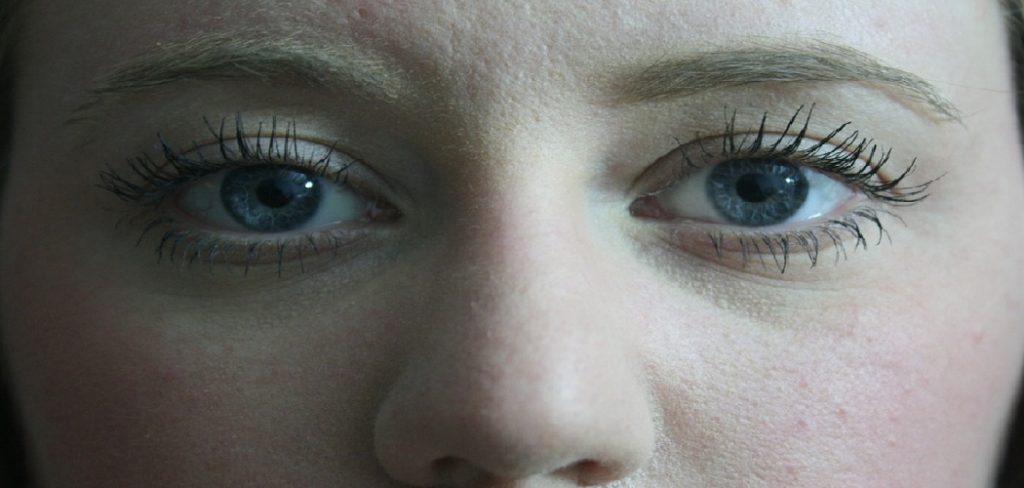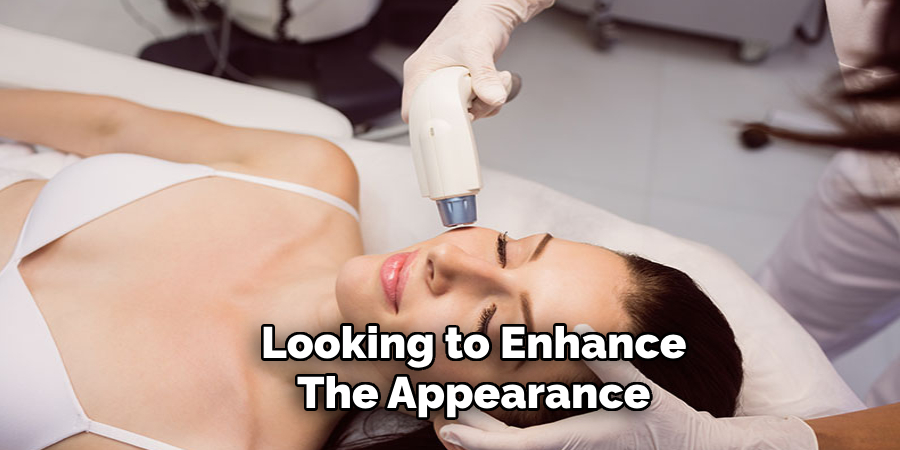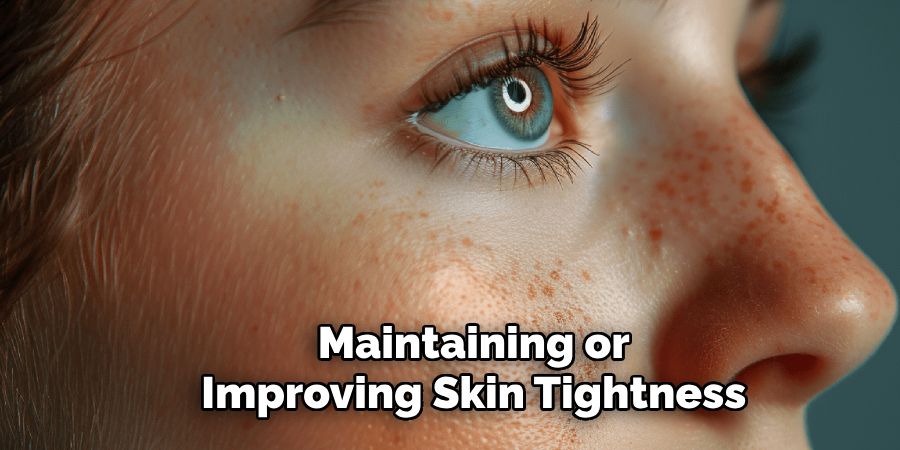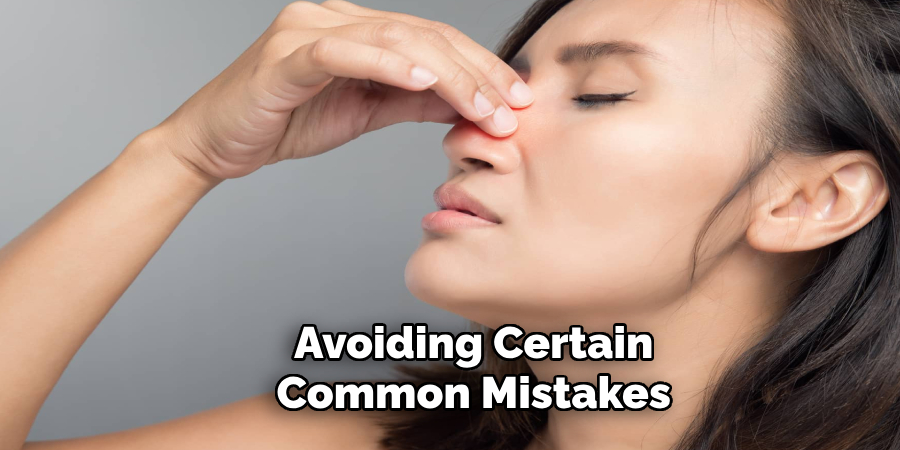A pointy nose is often considered a distinctive facial feature that many people admire. Whether due to personal preference, cultural influences, or aesthetic trends, some individuals seek ways to enhance the definition of their nose.
There are various methods available, ranging from natural techniques to cosmetic procedures. This guide will explore some of the most common and effective approaches, helping you make informed decisions about how to get a pointy nose.

Role of Bone Structure for a Pointy Nose
The bone structure plays a fundamental role in determining the shape and definition of a nose. The nasal bones, which form the bridge of the nose, contribute significantly to its overall contour. A prominent or well-defined nasal bone structure often creates a sharper, more angular appearance, which can result in a naturally pointy nose.
Additionally, the cartilage at the tip of the nose influences its refinement and projection. While genetics largely dictate bone structure, understanding its impact is essential when considering methods to enhance or modify the nose’s shape, as certain results may be limited by the underlying anatomy.
Natural Ways on How to Get a Pointy Nose
Makeup Techniques
Using makeup is one of the easiest and most effective ways to create the illusion of a pointier nose. Contouring and highlighting can help define the structure of your nose. To do this, apply a contour shade slightly darker than your natural skin tone along the sides of your nose. Then, use a highlight shade down the bridge of your nose and at the tip to make it appear more prominent. Blend the makeup well to ensure a natural look.
Facial Exercises
Certain facial exercises, or “nose yoga,” may help tone and refine the muscles around your nose, giving it a sharper appearance over time. Simple exercises, such as placing your index fingers on either side of the nose bridge and gently pressing while flaring your nostrils, can strengthen the muscles. Consistency is key, and while the results can be subtle, some people find this approach beneficial.
Maintaining Proper Posture
Believe it or not, posture can influence how your facial features are perceived. Sitting up straight and keeping your head slightly tilted upward can elongate your face and make your nose look pointier in photos or in-person.
Hairstyling
The way you style your hair can significantly impact how your facial features are framed. Opting for hairstyles that draw attention upward or away from the sides of your face, such as high ponytails, top knots, or sleek bobs, can help emphasize your nose and create the illusion of sharper features.

Non-Surgical Enhancements for a Pointy Nose
For individuals looking to enhance the appearance of a pointy nose without undergoing surgical procedures, there are several non-invasive options available. Contouring makeup techniques can work wonders—using a combination of highlighter and contour shades to strategically define the nose bridge and tip. Dermal fillers, often referred to as non-surgical rhinoplasty, are another popular method.
These fillers can be used to reshape and refine the nose for a more balanced and symmetrical appearance, often creating the illusion of a sharper tip. Additionally, adhesives or nose-lifting devices available on the market can provide temporary enhancements, lifting and defining the nasal structure for short-term use. These methods allow flexibility and versatility for those wishing to achieve desired results without long-term commitments.
Surgical Option: Rhinoplasty
For those seeking a permanent solution, rhinoplasty, commonly referred to as a “nose job,” is a highly effective surgical option. This procedure involves reshaping the nasal structure by modifying bone, cartilage, and soft tissue to achieve the desired aesthetic or functional improvement.
Rhinoplasty can address a wide range of concerns, including reducing the size of the nose, refining the tip, straightening a crooked bridge, or correcting breathing issues caused by structural abnormalities.
While the procedure requires a recovery period and carries surgical risks, it offers long-lasting and tailored results, making it a popular choice for individuals looking for significant and enduring nasal enhancements.

Foods and Supplements That Support Skin Tightness
Maintaining or improving skin tightness often starts with a nutrient-rich diet and targeted supplementation. Certain foods, such as those rich in antioxidants, collagen, and healthy fats, can help promote elasticity and hydration in the skin. For instance, citrus fruits like oranges and grapefruits are high in vitamin C, which is essential for collagen production. Leafy greens, nuts, and seeds provide vital nutrients like vitamin E and zinc, which protect the skin from oxidative stress.
Supplements can also play an important role in supporting skin health. Collagen peptides are widely recognized for their ability to improve skin elasticity and reduce the appearance of fine lines. Additionally, hyaluronic acid supplements help retain moisture, promoting a plumper and more youthful complexion.
Omega-3 fatty acids, found in fish oil or flaxseed supplements, support skin barrier function and reduce inflammation. By combining a balanced diet rich in these nutrients with appropriate supplementation, individuals can take proactive steps toward healthier, firmer skin over time.
Tips for Long-Term Facial Balance
Achieving and maintaining long-term facial balance requires a combination of consistent care, healthy lifestyle choices, and mindful habits. Here are a few essential tips:
Hydration is Key
Drinking plenty of water daily ensures your skin remains supple and well-moisturized from within. Pair this with a quality moisturizer to lock in hydration.
Use Sunscreen Daily
Protect your skin from harmful UV rays by applying a broad-spectrum sunscreen with at least SPF 30. This prevents premature aging and uneven skin tone caused by sun damage.
Practice Gentle Cleansing
Use a mild cleanser to remove impurities without stripping your skin of its natural oils. Over-cleansing can disrupt your skin’s balance.
Balanced Nutrition
Focus on a diet rich in vegetables, fruits, lean proteins, and healthy fats. Nutrients like vitamin C, E, and zinc are excellent for supporting skin health.
Regular Exercise
Exercise boosts circulation, delivering oxygen and nutrients to the skin while promoting detoxification. This supports a radiant, balanced complexion.
Consistent Sleep Schedule
A good night’s sleep is critical for skin repair and regeneration. Aim for 7-9 hours of quality rest each night to promote a glowing, even-toned complexion.

Stress Management
Chronic stress can contribute to hormonal imbalances, leading to skin concerns like acne or dullness. Incorporate stress-relief techniques like meditation, yoga, or regular downtime to maintain harmony.
By focusing on these habits and tailoring your skincare routine to your unique needs, you can nurture long-term balance and vitality in your facial skin.
Maintenance and Upkeep
Consistent care is key to preserving healthy and radiant skin over time. Regularly exfoliate to remove dead skin cells and promote cell turnover, but avoid over-exfoliating, which can damage the skin barrier. Keep your skincare routine adaptable, adjusting products to suit seasonal changes or evolving skin needs.
Monthly skincare assessments can help you identify any necessary adjustments. Additionally, schedule professional facials or dermatologist visits as needed to address specific concerns and maintain optimal skin health. Remember, small, consistent efforts can lead to lasting results.
Safety Considerations
When crafting a skincare routine, it is crucial to prioritize safety to prevent irritation or long-term damage. Always perform a patch test when introducing new products to identify potential allergies or sensitivities. Avoid combining harsh active ingredients, such as retinol and strong exfoliants, in the same routine, as this can overwhelm the skin.
Be cautious about sun exposure, especially after using products like AHAs or retinoids, and always apply a broad-spectrum sunscreen during the day. Pay attention to any adverse reactions, such as redness, swelling, or persistent dryness, and discontinue use of problematic products if needed. Consulting with a dermatologist for personalized advice is always a safe approach when addressing concerns or considering new treatments.
Common Mistakes to Avoid
When it comes to skincare, avoiding certain common mistakes is essential for maintaining healthy and radiant skin. One frequent error is over-exfoliating, which can strip the skin of its natural oils and lead to irritation or sensitivity. Another mistake is neglecting to patch test new products before full application, increasing the risk of an allergic reaction or breakout.

Skipping sunscreen is a critical oversight, as unprotected sun exposure can accelerate aging and increase the risk of skin damage. Additionally, using too many active ingredients simultaneously, such as combining retinoids with strong exfoliants, can disrupt the skin’s barrier and cause undue stress. Lastly, failing to moisturize properly, especially for oily skin types, is a common misconception, as hydration is crucial for all skin types to maintain balance and resilience.
Conclusion
In conclusion, maintaining a healthy skincare routine requires a delicate balance of effective practices and mindful habits. Avoiding common mistakes such as neglecting sunscreen, overloading on active ingredients, and skipping moisturizer is essential for preserving skin health and achieving desired results.
By understanding your skin’s unique needs and investing time in a consistent routine, you can support a radiant, resilient complexion for years to come. Thanks for reading our blog post on how to get a pointy nose! We hope you found it helpful and informative.
About the Author
Jane Hubbard is a passionate beauty expert with a wealth of experience in makeup, hair, and overall beauty techniques. After years of working as a hairdresser specialist, she followed her entrepreneurial spirit and started her own consultancy business.
Jane has always been driven by her desire to help others feel confident in their own skin, and she does this by sharing her knowledge, experiences, and practical beauty tips. Through her consultancy, she empowers individuals to embrace their unique beauty, offering tailored guidance that boosts both self-esteem and personal style.
Professional Focus
- Specializes in makeup, hairstyling, and beauty consulting.
- Provides personalized beauty advice, tips, and techniques to help individuals feel confident in their appearance.
- Dedicated to staying up-to-date with the latest industry trends and developments.
- Passionate about creating a comfortable and empowering experience for every client.
Education History
- University of Craft and Design – Bachelor of Fine Arts (BFA) in Woodworking and Furniture Design
- Woodworking Apprenticeships – Extensive hands-on training with skilled craftsmen to refine carpentry and furniture making techniques
- Online Courses & Masterclasses – Continued education in advanced woodworking techniques, design principles, and specialized tools
Expertise:
- Makeup artistry, hairstyling, and beauty consulting.
- Personalized beauty techniques to enhance confidence and self-expression.
- Educating clients on how to maintain their beauty routines at home.
